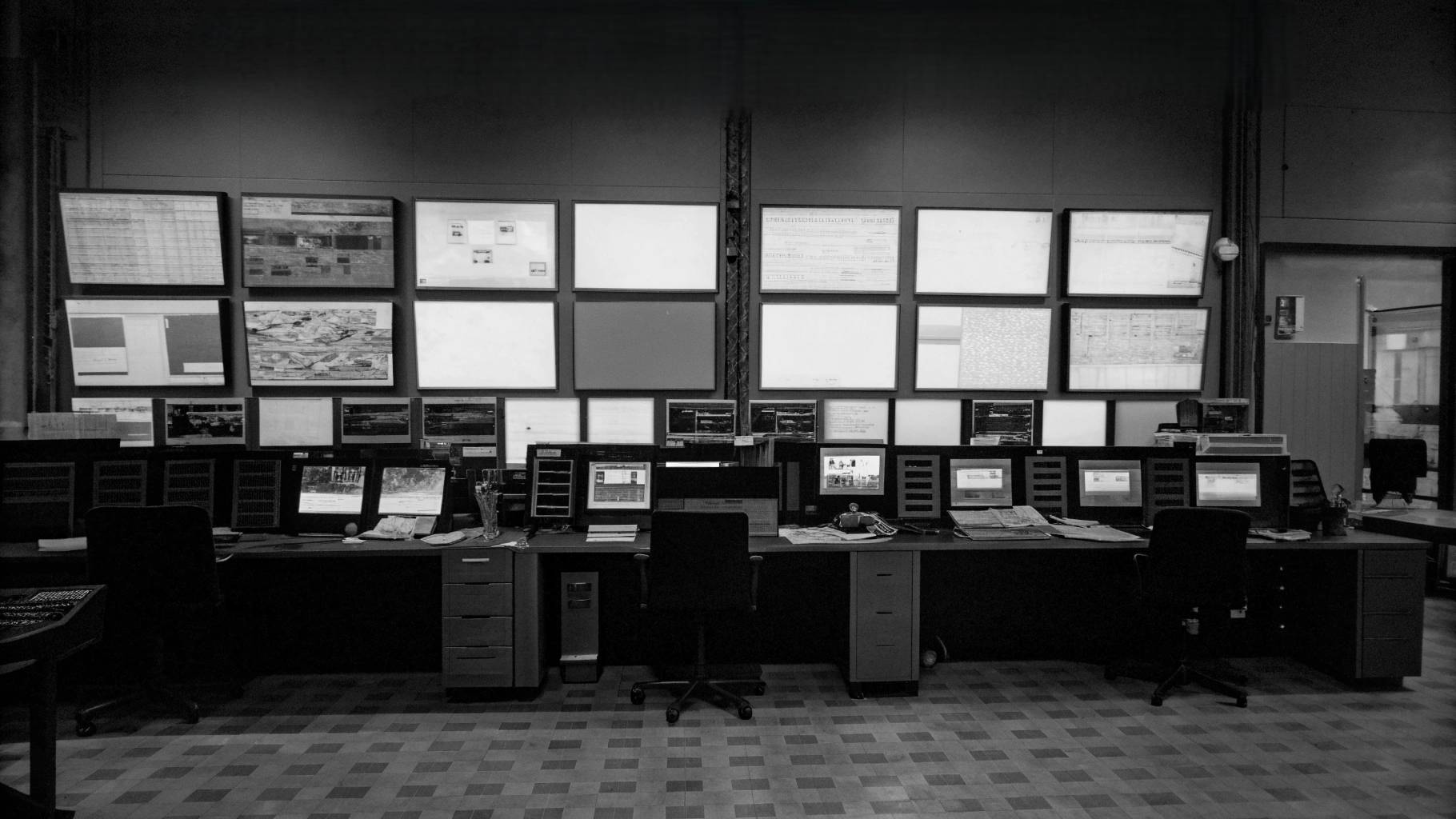Contemporary innovation transcends momentary breakthroughs it emerges as a symphonic practice, orchestrating design, branding, digital experiences, and artificial intelligence across temporal horizons. This holistic methodology stands in stark contrast to episodic research endeavors; it resembles the meticulous placement of stones in a cathedral of progress, where each innovation contributes to an enduring architectural masterpiece.

In sectors demanding unwavering trust, clientele anticipate seamless experiences sculpted equally by principled values and technological sophistication. Organizations that weave design and brand identity with digital and AI capabilities cultivate differentiated trust and profound value for their constituencies.
The world's most formidable brands have delivered approximately twice the market's average returns over two decades, with entities identified as "brand innovators" accelerating top-line growth by roughly 4 percentage points beyond their less-innovative counterparts. These findings illuminate that masterful design and branding, when harmonized with data and technology, yield far more than aesthetic enhancements they deliver sustainable business prosperity and institutional trust.
The Convergence of Creative Disciplines
Today's innovation architects systematically dismantle silos between disciplines, treating design, branding, and web development as interconnected components of a unified experiential ecosystem rather than isolated endeavors. Leading organizations deliberately "break down internal barriers between physical, digital, and service design," ensuring a cohesive user journey across products, websites, and services.
Integrated Experience Journey
In practical terms, this philosophy considers every customer interaction from smartphone applications to retail encounters as elements of one integrated experiential narrative. Elite performers deliberately map customer journeys comprehensively, combining quantitative research with qualitative observation to identify friction points and moments of delight.
Consider a medical device team that consulted a toy designer for ergonomic insights and a dating application designer for digital user experience guidance, while leveraging AI to analyze usage patterns. The resulting prosthetic achieved superior safety and usability, outperforming competitors by 4 percentage points in market penetration.

Brand Strategy Through Integration
Contemporary brand strategy follows this same integrative logic, drawing strength from three foundational principles: science (data-driven insights), art (creative purpose), and craft (flawless execution).
In the digital epoch, trust becomes the ultimate differentiator. With infinite choice proliferating online, a robust brand radiates trust and diminishes customers' perceived risk. Yet achieving this transcends compelling slogans it demands a data-informed creative vision. Research consistently demonstrates that brands combining analytics with creativity and operational rigor systematically outgrow and outperform their peers.
Lean and agile methodologies amplify this synergy. Emerging organizations embed rapid prototyping and real-time feedback mechanisms into development processes, then overlay AI-driven analytics. Start-ups have demonstrated how to make superior decisions through prototyping and iterative learning, while today's vast user data and AI tools unlock powerful new sources of insights, including computational design and analytics-to-value conversion.
AI as Catalyst and Creative Collaborator
Artificial intelligence now occupies the epicenter of this innovation ecosystem. Far from being a transient trend, AI functions simultaneously as catalyst and collaborator in the creative process, dramatically amplifying the velocity, volume, and variety of design ideation.
AI's Creative Amplification
Generative AI tools can produce dozens of product sketches or brand concepts within minutes, exploring directions human teams might never have conceived. This doesn't supplant creative judgment it augments it, democratizing innovation while expanding creative possibilities.
In practice, marketers and designers feed AI algorithms with brand values and historical work, then utilize the AI's diverse outputs as springboards infusing the resulting work with the unique emotional and cultural insights that only human creativity provides.

AI also enhances execution and personalization capabilities. It processes vast datasets web analytics, customer feedback, social media sentiment to reveal authentic user desires and brand experience patterns. AI-driven analytics enable real-time brand monitoring with up to 90% accuracy across channels.
Orchestration Over Isolation
The unifying principle is orchestration. Innovation achieves maximum potency when all disciplines reinforce each other across extended timeframes. Leading companies resist isolated initiatives, instead investing in sustained, holistic practices.
Research on design-oriented companies reveals that the most successful embed design thinking at the C-suite level, track design metrics alongside financial KPIs, and cultivate cultures of constant experimentation. In these organizations, multidisciplinary teams represent the norm: designers collaborate daily with engineers, marketers, and data scientists.
Organizations that integrate design with other functions significantly outpace those maintaining isolation. Firms capable of breaking down silos and integrating design teams experience approximately 7 percentage points higher annual growth than those keeping design compartmentalized.

Bridging Talent and Skill Gaps
While integration remains the aspirational goal, it confronts a formidable real-world challenge: talent acquisition and skill development. Organizations frequently struggle to identify individuals capable of spanning these diverse domains.
Nearly half of C-suite leaders express frustration that their AI projects progress "too slowly," citing skill gaps as the primary bottleneck. In comprehensive surveys, companies acknowledge uncertainty about required roles: "Employers do not know how many AI experts they will need...or whether that talent bench even exists."
Evidence of this scarcity permeates industry analyses. 46% of leaders identify workforce skill gaps as major barriers to AI adoption, specifically highlighting needs for AI/ML engineers, data scientists, and integration specialists.
This reality is unsurprising the convergence of design, branding, web development, and AI represents such a nascent phenomenon that traditional education and hiring practices rarely prepare individuals for comprehensive competency across all four domains.
A Continuous, Value-Driven Journey
Ultimately, innovation in high-trust environments demands maintaining customer values and experiences as the core of long-range strategic thinking. It requires executives to champion design and brand as enduring priorities, weaving AI and web capabilities into operational fabric.
Leaders must establish milestones within flexible roadmaps prioritizing use cases where design, brand, and AI interplay rather than wagering everything on singular flashy projects. This necessitates nurturing cultures that value evidence and iteration: only a small minority of firms have senior leaders making objective, data-driven design decisions.
Innovation-minded organizations invite authentic customer insights into every meeting, encourage cross-functional teams to experiment, and never cease learning from each release. They understand that each new feature, user insight, or AI enhancement adds value only when connected to the broader tapestry of brand promise and customer trust.

The future belongs to enterprises that perceive design and AI not as isolated trends but as enduring instruments for co-creating consistent, meaningful experiences. Research consistently reminds us that innovation driven by such orchestration proves both more sustainable and more transformative than any standalone effort.